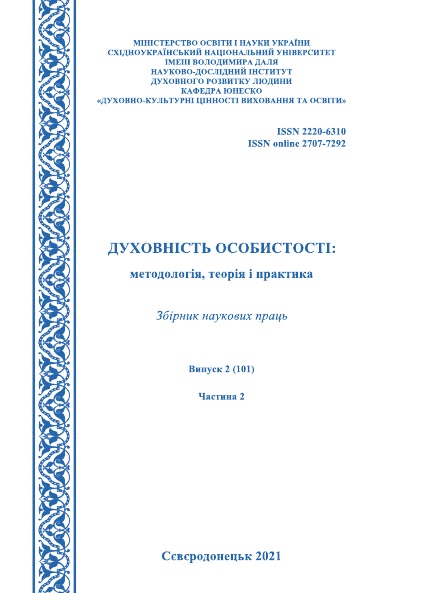RECEPTION OF GAMMA SKUPYNSKYI’S CREATIVITY IN THE MUSICAL CULTURE OF CHERNIVTSI
DOI:
https://doi.org/10.33216/2220-6310-2021-101-2_2-120-128Keywords:
Hamma Skupynsky composer, Hollywood, culture of Chernivtsi, receptionAbstract
The article is devoted to the study of creativity of a unique person – Dr. Hamma Skupynsky a world-renowned composer, Doctor of Music at Boston University, teacher and performer in the context of the glocalization process of music art in Chernivtsi and Bukovyna region. The purpose of the research is to highlight the contribution of Hamma Skupynsky to Ukrainian and world music, to identify and eliminate gaps in the study of the biography and creative work of the Hollywood famous composer.
Gamma Skupynsky’s wide range of interests gives us an indication of his personal versatility. It led to the peculiarities of his worldview and compositional thinking. He worked with legendary groups - vocal and instrumental band "Smerichka", "Chervona Ruta", he wrote compositions for Sofia Rotaru ("Ty - sonce v nebi", "Doroga", "Skrypka" etc.), Nazarii Yaremchuk, Vasyl Zinkevych, Pavlo Dvorskyi ("Kateryna", "Tam de kruta gora", "Teche voda") and others.
The artist's work combines East and West, Christianity and Buddhism, academic traditions and folk songs. The author's handwriting is clearly individual. It combines the semantic depth with a high level of compositional skills, sincerity and emotionality of musical expression, which are based on Ukrainian and in particular, Bukovynian music and song traditions.
Hamma Skupynsky is the author of more than eleven operas, twelve symphonies, three ballets, seven string quartets, as well as concerts for piano, violin, accordion, children's miniatures, music for theater and cinema.
The composer came from Chernivtsi, but in 1979 he immigrated to the United States. He studied and lived in Boston for a while, and then moved to Hollywood (Los Angeles area).
The research methodology is based on the methods of historiographical, biographical, comparative and contextual analysis. The historiographical method was used to analyze the social and cultural significance of the composer's work in the motherland (Chernivtsi city) and in his exile. The comparative-contextual method helped to receive the research results about the historical, cultural and musicological portrait of the artist.

